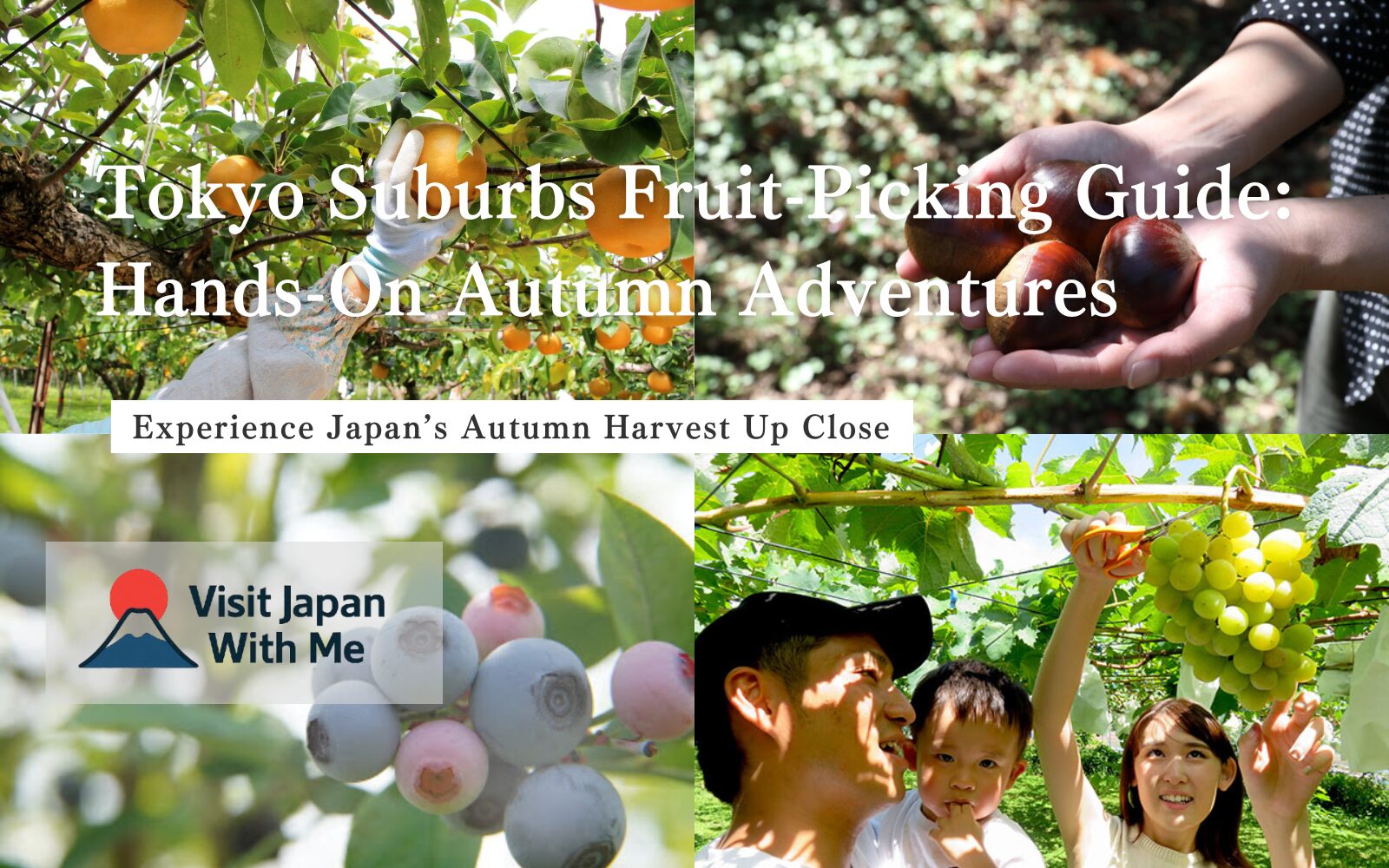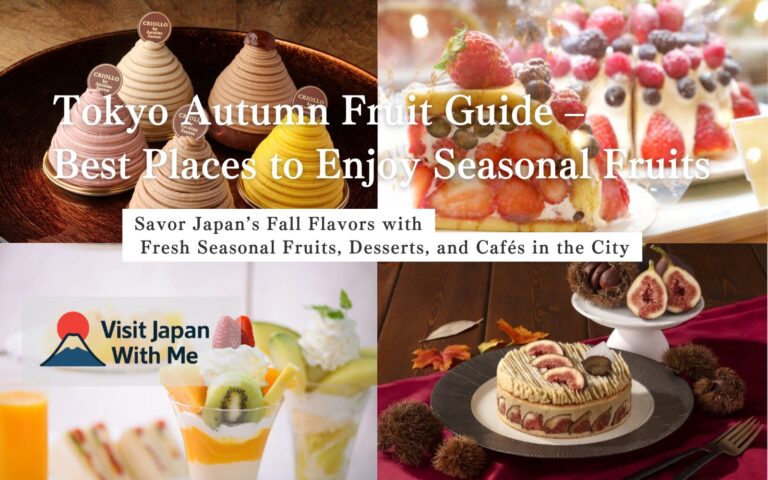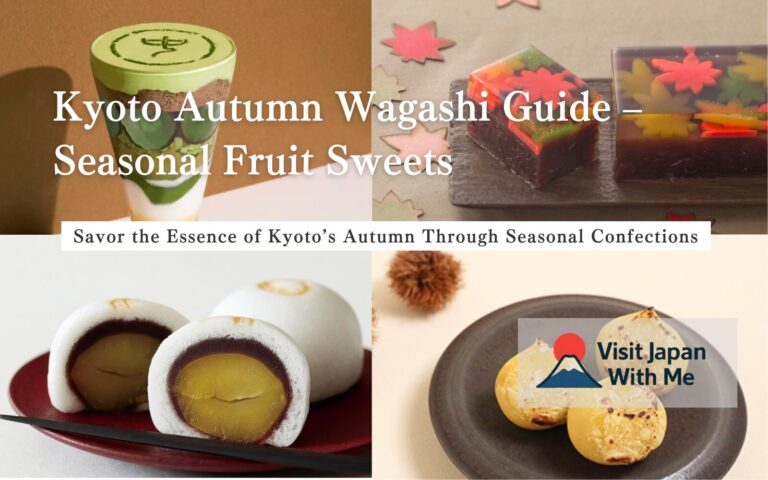🍇Tokyo Suburbs Fruit-Picking Guide: Hands-On Autumn Adventures
Autumn is a magical time in Japan—crisp air, colorful leaves, and fresh seasonal fruits. Just outside Tokyo, you can experience authentic fruit-picking at local farms, sampling grapes, pears, blueberries, and more straight from the source. These day trips are perfect for families, friends, or solo travelers looking to combine nature, culture, and delicious flavors.
Here’s a guide to five reliable fruit-picking farms in Tokyo’s suburbs, complete with harvest periods, prices, varieties, access information, and insider tips from local residents.
🍇Kimura Vineyard – Setagaya, Tokyo
Nestled in a quiet residential area of Setagaya, Kimura Vineyard is a hidden urban gem. Its grape trellises offer shade and a relaxed atmosphere, making it easy to forget you’re in the city. Visitors can pick premium Shine Muscat and Kyoho grapes while learning about grape cultivation techniques from the farm staff. Children love wandering under the vines, and it’s a popular spot for both locals and first-time tourists.
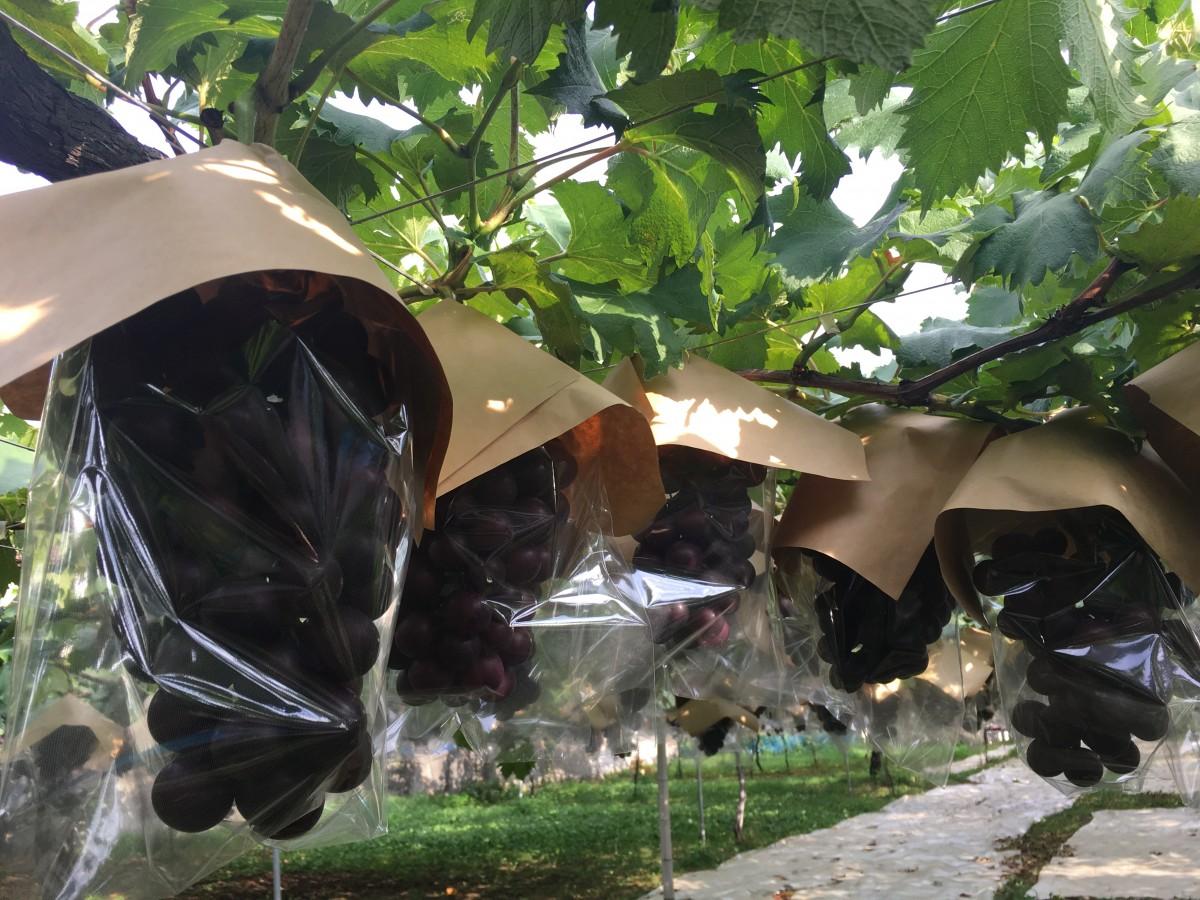
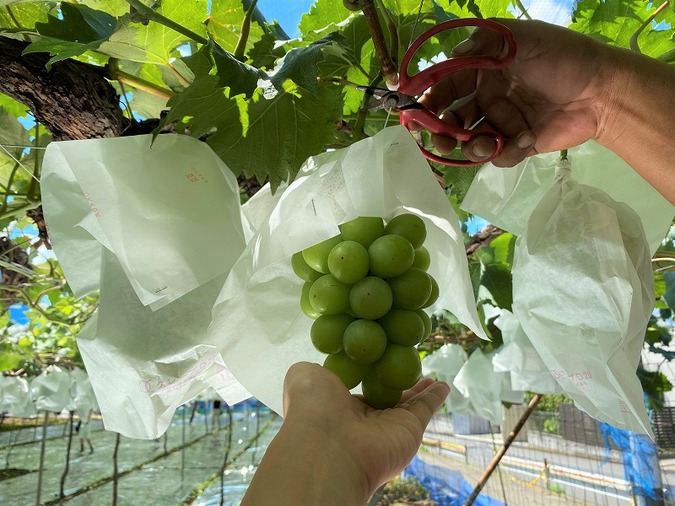
- Season & Hours: Late August–mid September, 9:00–16:00 (until grapes run out)
- Price: Free admission; pay by weight (Shine Muscat ~¥3,200/kg, Kyoho ~¥2,300/kg)
- Varieties: Shine Muscat, Kyoho
- Access: 14-min walk from Tokyu Oimachi Line “Todoroki Station”
💡 Local Tip: Arrive early if you want Shine Muscat—they’re the first to sell out. Also, bring a small cooler bag to keep grapes fresh while exploring the neighborhood.
🍇 Naito Orchard – Kokubunji, Tokyo
Located in Kokubunji, Naito Orchard specializes in pesticide-free grapes and blueberries. The orchard offers a hands-on experience where visitors can pick fruit directly from the vine and enjoy the natural flavors without additives. It’s especially popular with families who want to combine outdoor activity with a learning experience about sustainable farming.
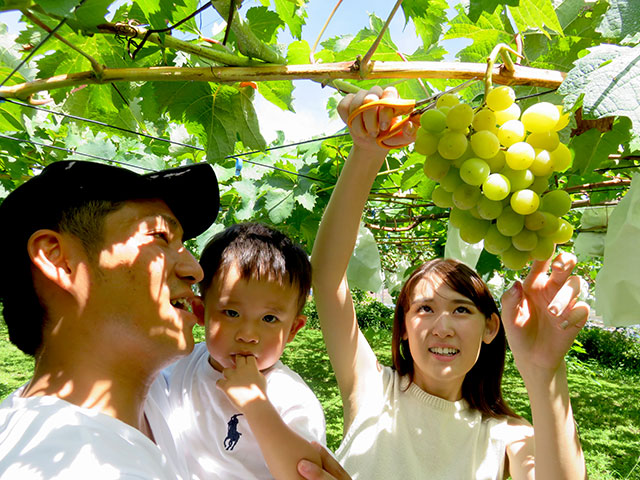

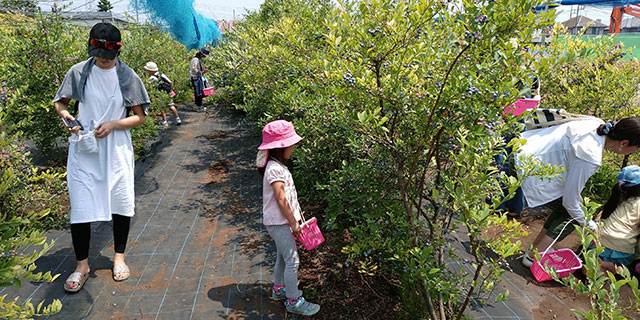
- Season & Hours: July–September, 9:00–17:00
- Price: Free admission; pay by weight (grapes ¥1,800/kg, Shine Muscat ¥2,500/kg)
- Varieties: Shine Muscat, Kyoho, various blueberries
- Access: 15-min walk from JR Chuo Line “Nishi-Kokubunji Station”
Local Tip: Midweek mornings are quieter, perfect for photography. The orchard staff often give advice on picking the sweetest grapes—a tip you won’t get from a guidebook!
🫐 Small Fruits Land – Berry Cottage, Ome, Tokyo
Berry Cottage in Ome offers an idyllic rural escape with blueberries, kiwis, and seasonal fruits grown without chemicals. Visitors can enjoy a self-paced harvest and even try fruit-based drinks and desserts at the on-site café. The orchard is intimate, providing a relaxed experience with detailed guidance from the staff

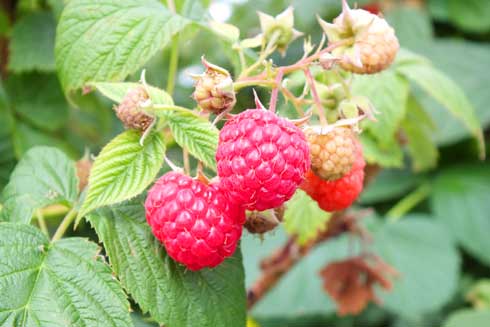
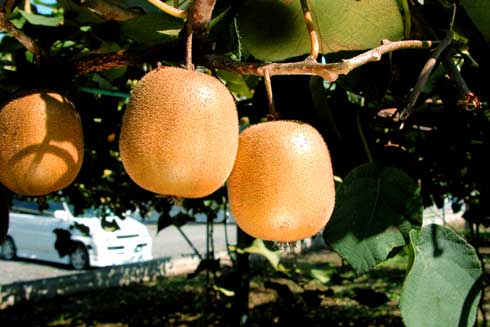
- Season:
Blueberries: mid-July–late August (Wed–Sun) Kiwis: mid-October–early November (Sat–Sun) - Hours:10:00–17:00
- Price: Admission ¥500 adults, ¥300 children; blueberries ~¥230/100g
- Varieties: Blueberries, kiwis
- Access: 12-min walk from JR Ome Line “Ozaku Station” East Exit
Local Tip: Try the blueberry smoothie at the café—it’s made from freshly picked fruit and is a local favorite for Instagram-worthy photos.
🍐 Suzuki Orchard – Chigasaki, Kanagawa
Located in Chigasaki City, Kanagawa Prefecture, Suzuki Orchard is a long-established farm where visitors can enjoy a variety of fruits throughout the year. In autumn, you can pick grapes and pears, as well as chestnuts and persimmons. The farm is especially known for its large Fujiminori grapes, a rare variety that’s hard to find elsewhere. After leisurely harvesting in the spacious orchard, you can taste the fresh fruits right on site.
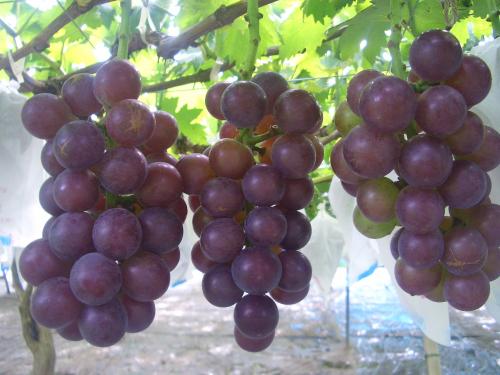
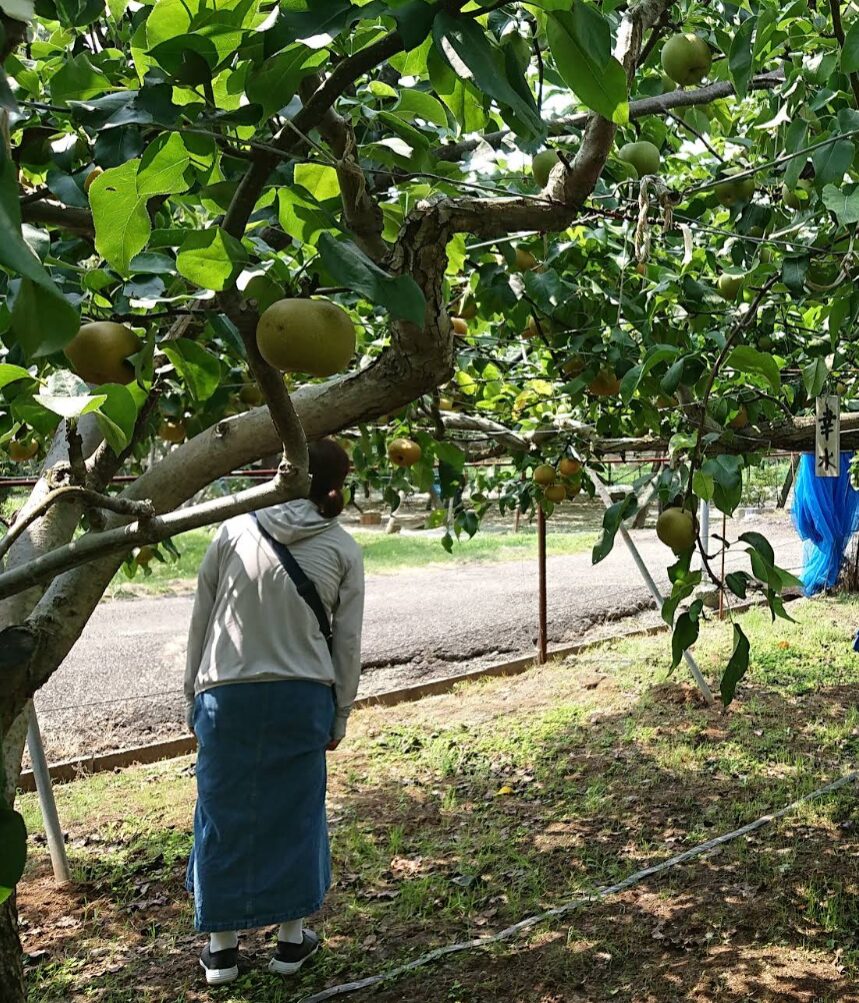
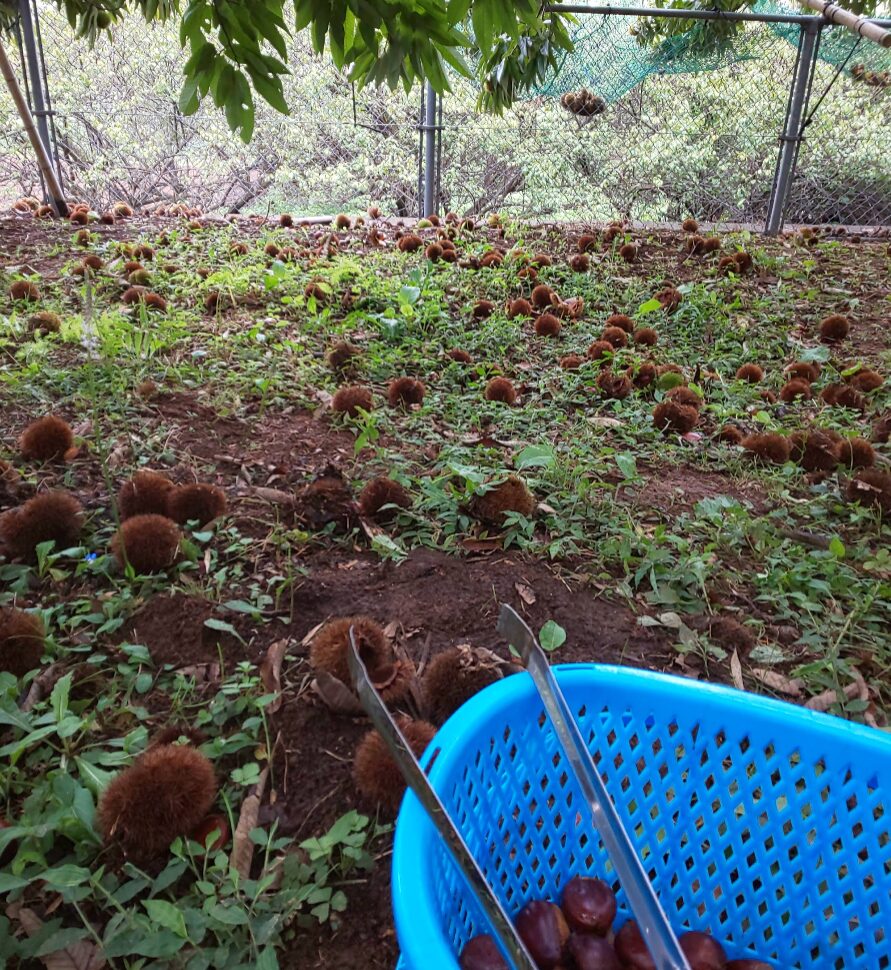
- Season & Hours: Grapes and pears: late August–September; chestnuts: September–October; 10:00–15:00
- Price: Pay by weight (Fujiminori grapes: ¥1,500/kg; pears: ¥550–650/kg; chestnuts: ¥1,200/kg)
- Varieties: Fujiminori, Beniizu (grapes); Kousui, Housui (pears); chestnuts; persimmons; kiwis
- Access: About 20 minutes by bus and walking from JR Chigasaki Station; free parking for 30 cars
💡 Local Tip: The Fujiminori grapes are large and exceptionally juicy. Be sure to savor their fresh flavor on-site, as it’s something you can only experience here.
📝 Tips for Fully Enjoying Fruit Picking
To make the most of your fruit-picking experience, timing is key. Blueberries are at their sweetest in July and August, while grapes and pears reach peak flavor from August to September, and kiwis are best from October to November. Checking each farm’s website or social media for updates on harvest conditions can help you pick fruits at their freshest.
Dressing appropriately is also important. Wear comfortable clothing that can get a little dirty, such as long sleeves and pants for safety, and shoes suitable for walking on soil. Bring gloves, a hat, and a towel, along with a cooler bag to keep your harvested fruits fresh, and don’t forget water to stay hydrated. Early mornings or weekdays are generally quieter, allowing for a more relaxed experience and better photo opportunities.
When picking fruit, it’s best to use scissors or small shears instead of pulling the fruit from the branches, as this prevents damage. For grapes and blueberries, fruits growing in shaded areas are often sweeter, and harvesting during cooler parts of the day helps preserve their juiciness. Local farm staff are often happy to share tips on identifying the ripest fruits and the best picking order, which can enhance both the taste and the experience.
Finally, once you bring your fruits home, store them in the refrigerator as soon as possible to maintain freshness. Grapes and blueberries keep longer if lightly washed and stored in a sealed container, while pears and kiwis can be left to ripen just before eating for the best flavor. Following these tips will help you enjoy the full joy of fruit picking in Tokyo’s suburbs.
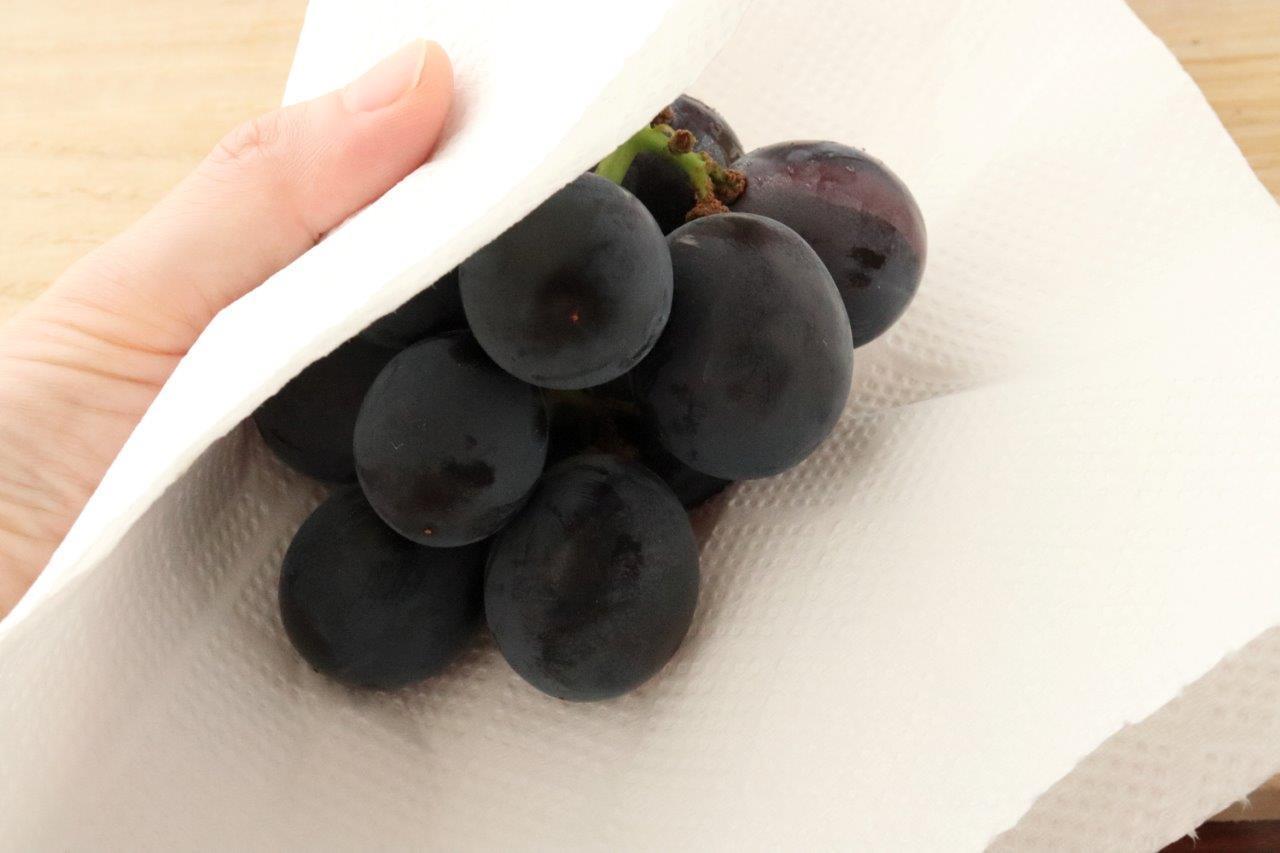
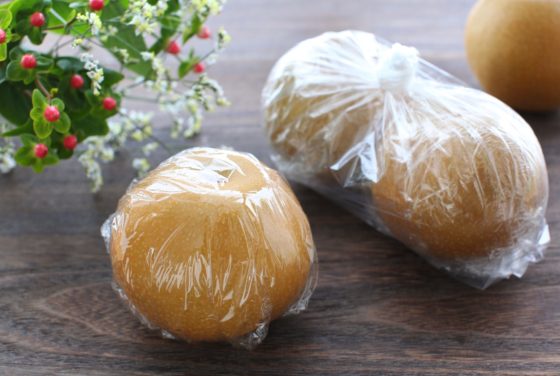
🌟 Why You Should Try Fruit Picking
Tokyo’s suburbs offer a unique combination of convenience and rural charm. You can step out of the city and spend a few hours or a full day surrounded by nature, tasting fruit at its peak. Picking your own fruit is not just about eating—it’s a hands-on, educational, and relaxing experience.
For travelers, this is a rare chance to see Japan’s agricultural side, interact with local farmers, and create lasting memories. Pair your visit with a scenic walk or a local café stop to make it a full-day autumn adventure.

